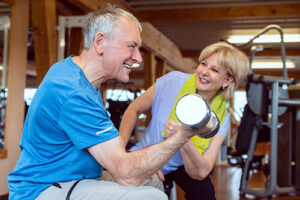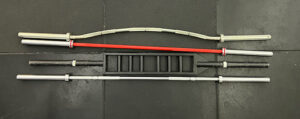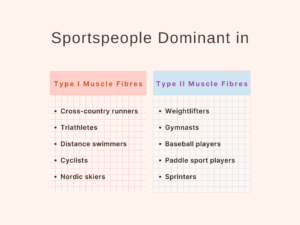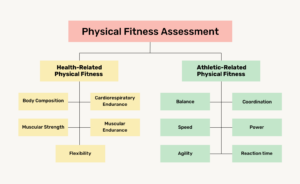Exercise and blood pressure – In relation to blood pressure, exercise has been shown to offer several interconnected advantages, such as maintaining a healthy body weight, lowering the risk of heart disease, and strengthening the cardiovascular system.
Drug therapy is usually thought to be the best way to treat high blood pressure, but regular exercise has been found to be a useful and safe addition to drug therapy for many people with high blood pressure. In fact, a good exercise program may help some people with high blood pressure who don’t want to take medication.
When designing an exercise program for someone with high blood pressure, some of the most important things to consider are:
Non-weight Bearing or Low Impact Aerobic Activities
Walking, climbing stairs, cycling, swimming, and other low-impact aerobic activities should be emphasised since many hypertensives are obese or elderly. Both obese individuals and the elderly often experience orthopaedic problems in their lower bodies as well.
Exercise Intensity
Exercise should be done at the low end of the intensity range, which is between 40% and 65% of one’s VO₂ max or 50% and 75% of one’s maximum heart rate (MHR). It should be noted that there is strong evidence that aerobic exercise (greater than 70% of VO₂ max or 80% of MHR) doesn’t lower blood pressure.
VO₂ max is the maximum (max) volume (V) of oxygen (O₂) one’s body is able to use during exercise. Maximum heart rate (MHR) is the maximum number of heartbeats in 1 minute of physical effort.
Rating of perceived exertion (RPE)
The RPE scale was developed to allow the exerciser to subjectively rate his or her physical strain during exercise. People taking antihypertensive drugs like beta-blockers, which influence the heart rate response, should use RPE to monitor the intensity of their exercise. The recommended RPE range for these people would be 10 to 13.
Exercise Duration
Start with 20 to 30 minutes of activity per session and work your way up to 30 to 60 minutes as your body adapts to exercise. This amount of time to exercise should encourage people to lose weight, which has been consistently linked to lower blood pressure.
Frequency of Exercise and Blood Pressure
People with high blood pressure should work out at least four times a week, but working out every day is better. Studies have shown that a brief aerobic exercise session can temporarily lower blood pressure, with the effects lasting for several hours.
Warm Up
People with high blood pressure should warm up for longer than five minutes to make sure that their hearts and lungs are ready for the next physical activity. A good warm-up makes it less likely that a person with high blood pressure will have a sudden and sharp rise in blood pressure.
Cool Down
It is best to have a cool-down period that lasts longer than five minutes so that the transition from conditioning to resting can be made slowly. Cooling down helps prevent dizziness, lightheadedness, and fainting, which can happen when you stop exercising too quickly, especially if you have high blood pressure and are taking vasodilators.
The Bottom Line
Since very little is known about the exact causes of hypertension in the vast majority of cases, hardly any people can say exactly why they have this potentially dangerous medical condition. What is known, though, is that using common sense (by following some lifestyle regulations) and working out regularly can help both prevent and treat chronic high blood pressure. Proper lifestyle adjustments can help one control blood pressure effectively.





